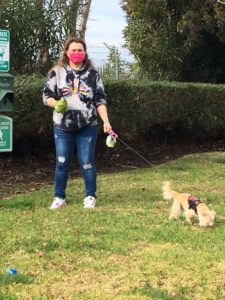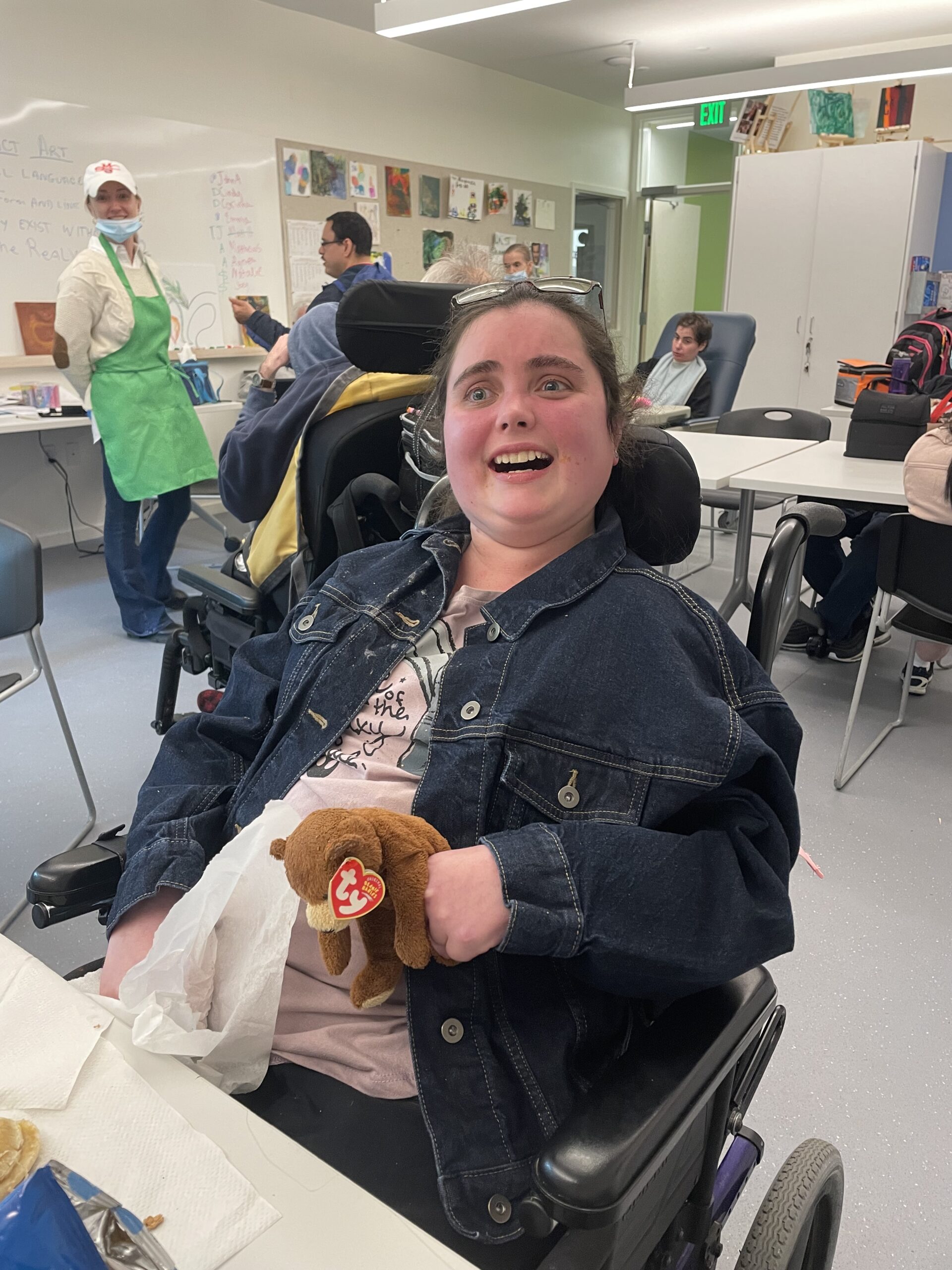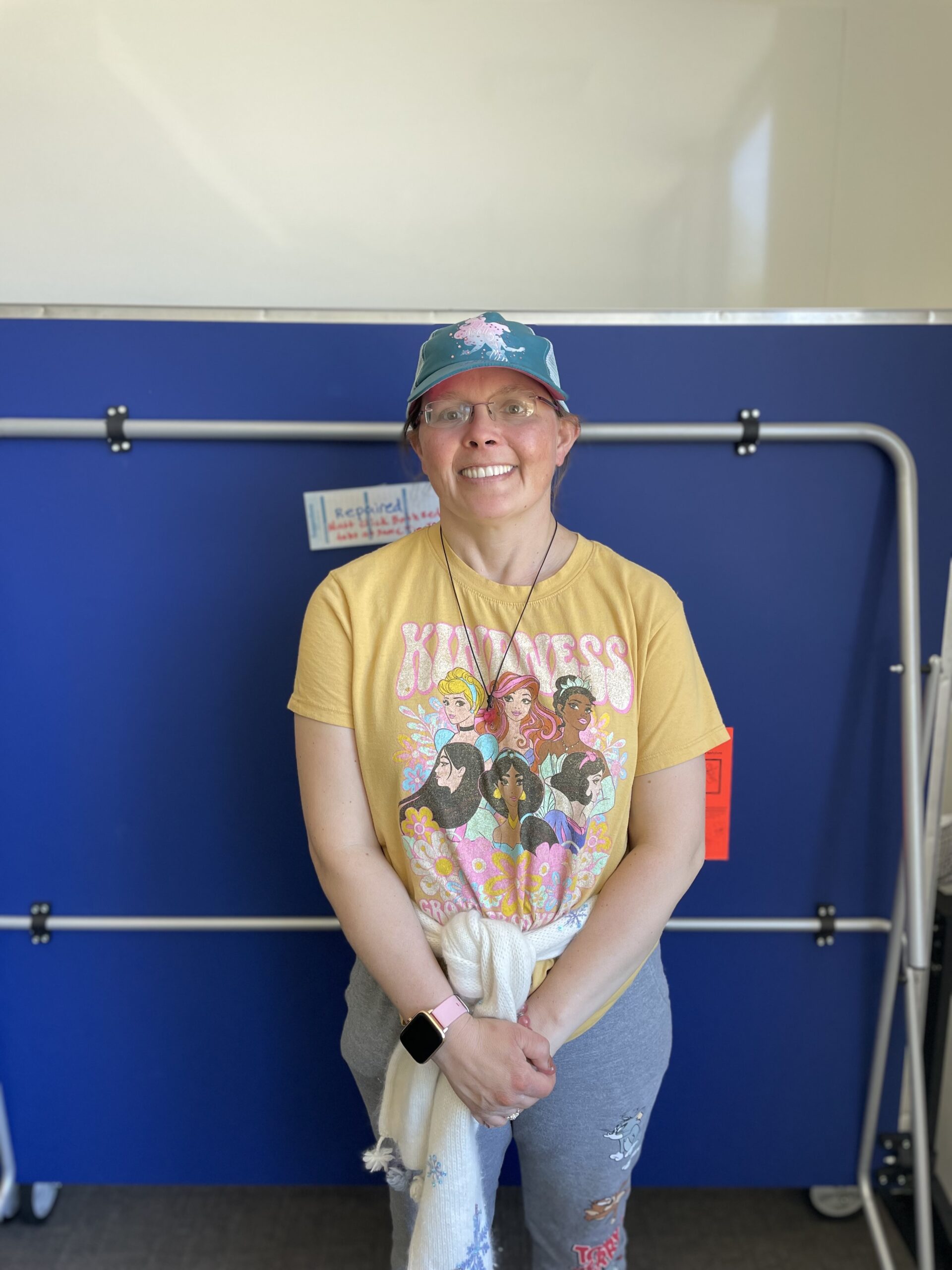Rebecca watched the big shark swim past the thick glass of the tank. “Whoa!” she said, laughing. Each time the shark circled by, Rebecca reacted with the same joyful “Whoa!”
Rebecca visited the Monterey Bay Aquarium for the first time on a recent trip organized by the Supported Living team for program participants. The visit was a first for many other program participants, too.
Highlights of the day included petting the rays in the touch tank, watching the water flow in and out of the kelp tank and seeing how the different animals reacted to it, observing all the different kinds of fish, and of course, the sharks.
Special outings like day trips to the Monterey Bay Aquarium provide unique opportunities for community integration. New situations and changes in routine can be challenging for some program participants, but provide important breaks from the everyday. Sabrina, an SLS facilitator, remarked that “this was a fantastic way for some of our clients to interact with each other in a setting that is different and interesting for them.” We will definitely be trying to set up more outings like these to help enrich our clients lives and to show them different and new things.
Most participants in the SLS program have very limited resources for activities like day trips. This past year, we were fortunate enough to receive a grant from the Carl Gellert and Celia Berta Gellert Foundation to underwrite community integration outings like the trip to Monterey. Financial support from partners like the Gellert Foundation makes it possible for our program participants to lead truly full lives in the community!



